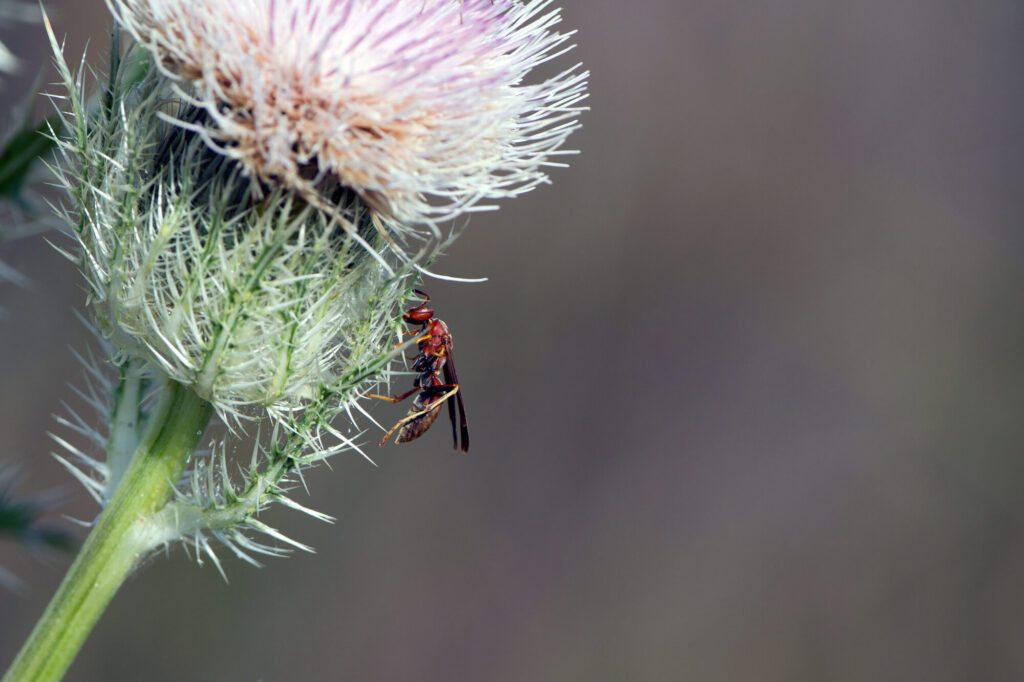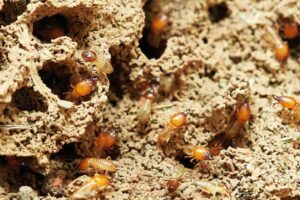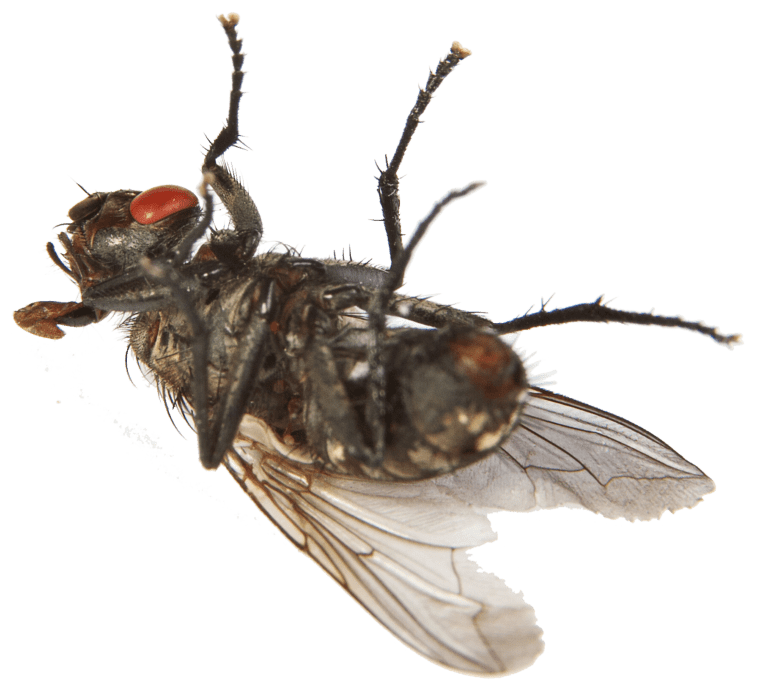Living down south, especially as south as Florida, guarantees you to come across some unwelcome visitors. Yes, we’re talking about insects.
While flies, spiders, mosquitos, and other insects live in Florida, there are more than 10,000 known species in the world. With that many ants, you’re bound to find a few wandering around your home.
Below we’ve outlined the most common types of Florida ants and how to get rid of them. Follow this guide to get your home ant-free for the rest of the season!
Acrobat Ants
You can identify Acrobat Ants best by their brown to dark brown or black bodies. Their abdomens look like the shape of a heart when viewed from above. When disturbed, worker ants will raise their abdomen above their heads, hence their given name, and release an unpleasant odor.
These ants need moisture to live which is why they nest in leaves, soil, or wood. If you find acrobat ants in your home, check for signs of leaks. Check your insulation or a damaged wood structure for signs of a nest.
Though they are small, most species no bigger than 5.4 millimeters in length with worker ants ranging from 2.5 to 3 millimeters long with two nodes, they are aggressive. They are not usually found indoors, but beware if you do find one as they will sting if threatened.
Sweets, proteins, and grease attract them most. You may find the Acrobat Ant traveling in lines – these lines lead from the nest to the food source. To prevent an Acrobat Ant infestation, seal all outdoor entryways with a silicone-based caulk.
If you have an infestation contact your local licensed pest control professional for an inspection and treatment plan, especially if it is indoors.
Argentine Ants
Like the Acrobat Ants, Argentine ants like moist areas but prefer mulch, debris, under logs, and concrete slabs. These shiny brown ants make big colonies and move indoors during the winter. Once indoors they like to live and nest in the wall insulation.
The Argentine worker ants are between 2.2 and 2.8 millimeters long with one node. Even though they don’t sting or bite, they will release a musty smell if stepped on.
To prevent an infestation, trim your trees and bushes closest to the house. If you do find ants within your home, set up ant baits to kill the colony and queen ants.
Carpenter Ants
You may have heard of the Carpenter Ant as they are well-known throughout the United States and there are several different species of them. Their color varies from tan, red, orange, and yellow, but the most common color is black. Worker ants vary in length, ranging from 6 millimeters to 13 millimeters.
Firewood, fence posts, and trees are not safe from these ants as they dig tunnels from the inside out to use as nesting areas, preferably moist, decayed wood. When indoors they will seek out wall voids, roofs, eaves, crawl spaces, or foam insulation. They like to eat insect honeydew, fruit juices, and other insects.
Compared to other types of ants they are one of the highest rated when it comes to structural pests. Houses in wooded areas are at most risk for an infestation. If their nests are disturbed, some species will become aggressive and bite.
If you think you have a Carpenter Ant infestation inside your home, the first step is locating the nest. Once found, you can remove the nest or treat it chemically.
Depending on how early you find the issue, home structural damage can be avoided. Longer infestations with many colonies in the same home often lead to unsightly cosmetic damage and serious structural damage.
Pharaoh Ants
The Pharaoh Ants have a yellow and reddish abdomen and most often confused with the Argentine ants, though they are smaller in size. They make up for this by having large colonies with many queens.
These ants feast on a variety of foods but particularly like meats, dead insects, and pet food. To make feeding easier, they’ll form nests in wall voids, baseboards, and wood that are located near food and water.
They take advantage of crumbs, spills, and other moisture found throughout homes. Keep your pantry areas clean, because if they find their way there they’ll snack on sugary foods and proteins like peanut butter, honey, and baked goods.
The Pharaoh Ants take advantage of torn windows screens, poorly sealed doors, and other easy access points into the home such as windows. Smaller worker ants will use cracks in the foundations, walls, and outdoor siding to get inside.
Make sure all doors, windows, and shutters are tightly sealed and closed when not in use to limit their access and prevent an infestation. If you find a nest or an infestation, use ant baiting and chemical sprays to remove them.
Caribbean Crazy Ant
The Caribbean Crazy Ant has been spotted mostly in and around the South Florida area. You can identify them by their reddish-brown to golden-brown coloring with a smooth and glossy body surface.
They love to eat a wide variety of liquid and solid foods, mostly seeds, fruits, garbage – almost any household food item. They make large colonies with many queens and thousands of worker ants. You may spot them by their thick foraging trails along sidewalks, on trees and shrubs, or around buildings.
This species of ant is predatory and will attack other ant species and insects.
The Most Common Florida Ants
No matter what kind of insect it is, bug infestations are not fun to deal with especially when they cause damage to your home. Ants especially will make structural damage and nest as long as there are food and water nearby.
If you have an untreated pest problem from one of these Florida ants, schedule an appointment with us to create a treatment plan and get your home pest-free as soon as possible.






